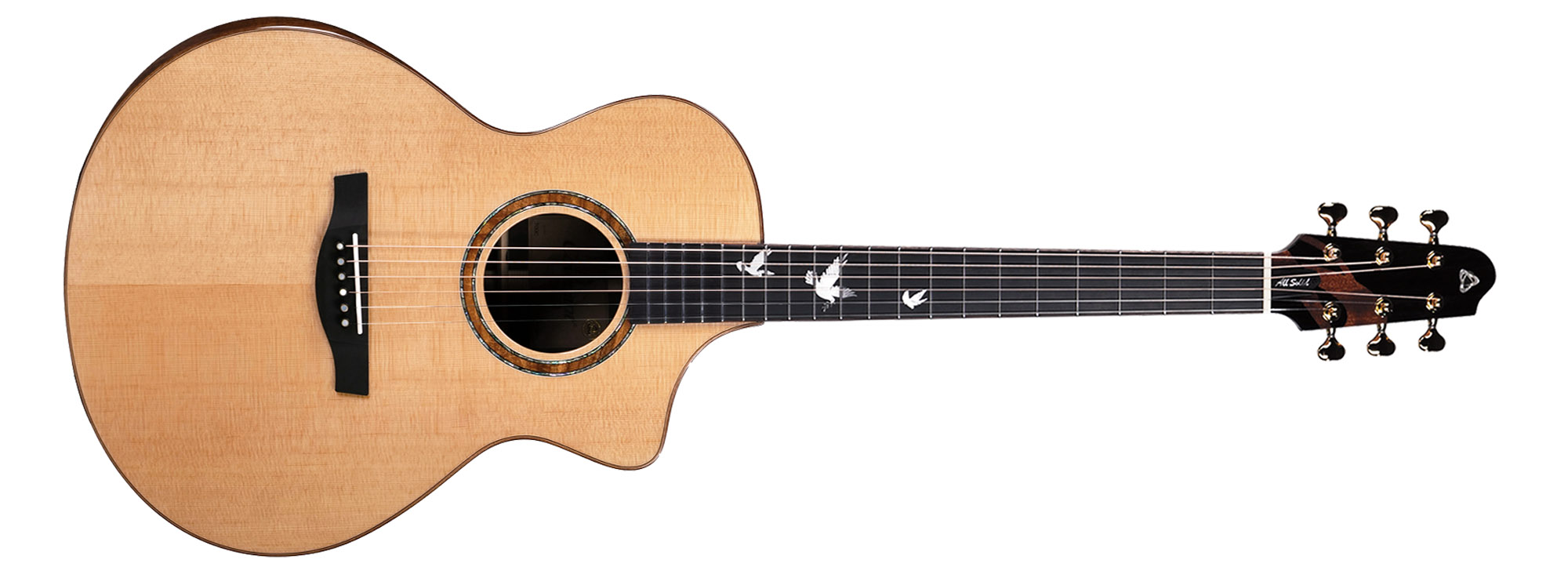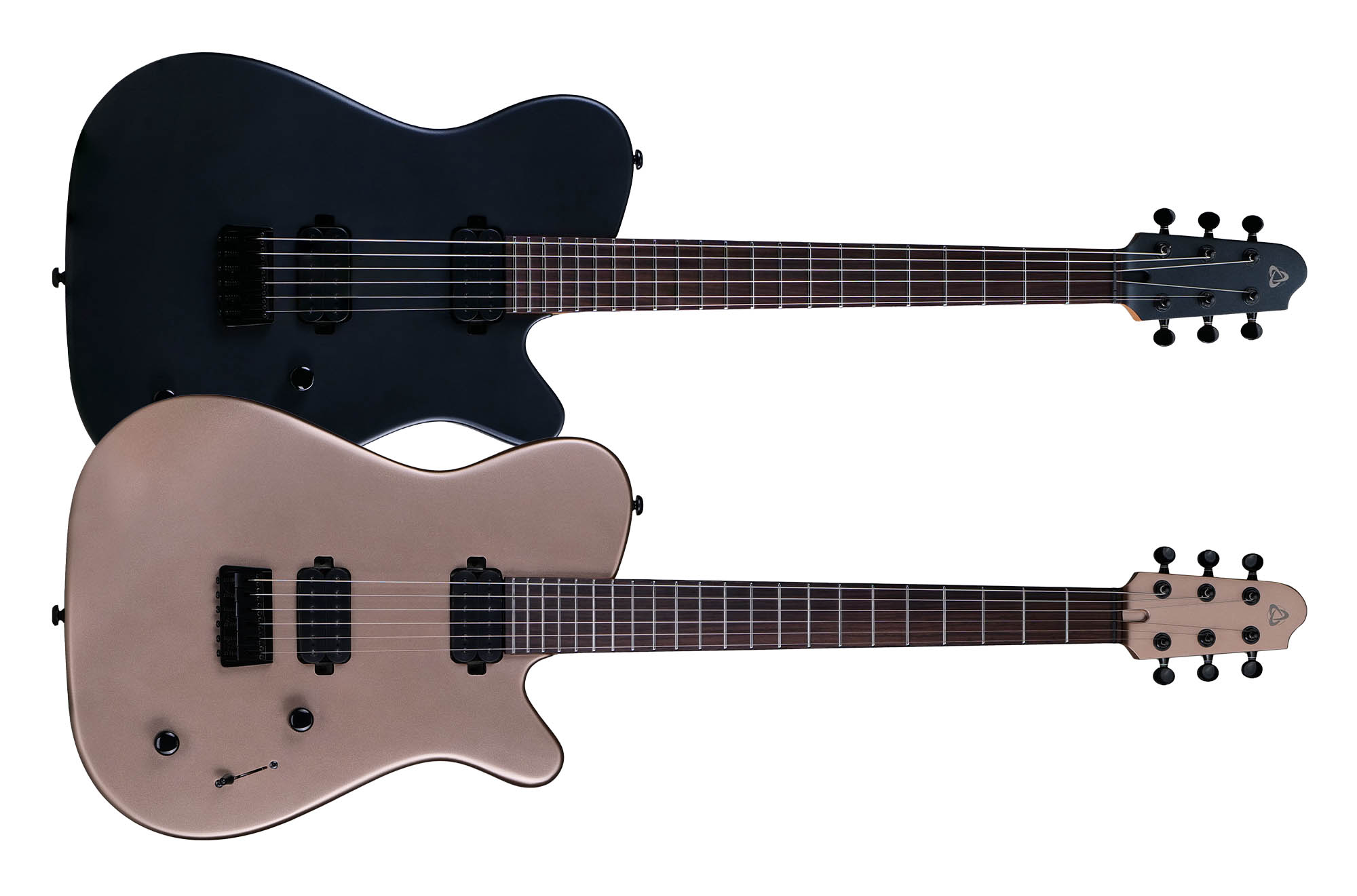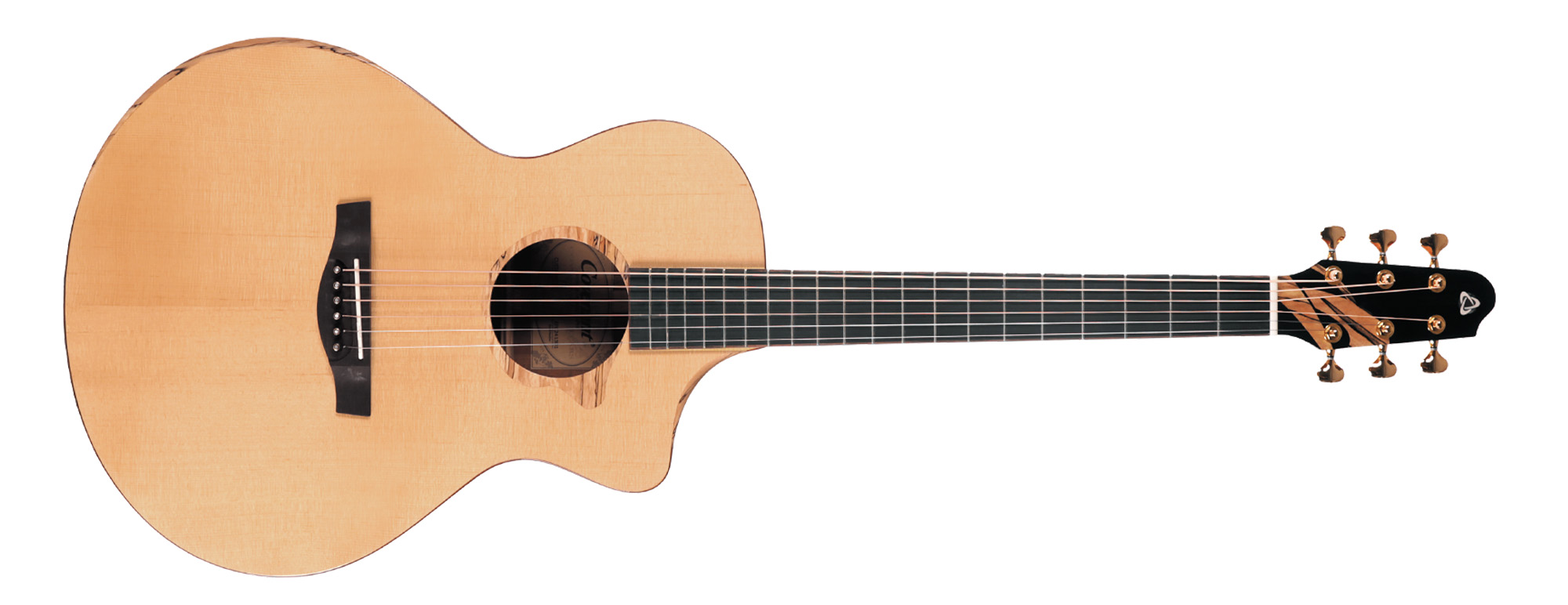Service Center
Information & Supports
updated: 2024-01-25
Maintenance Guide
· Usage and adjustments
To ensure sound quality and playability, covenant guitars must be adjusted to a variety of standards, in real time . under varying environ-mental conditions and when using no-standard string setups, the guitar must be readjusted to achieve optimal performance.
1. Neck Adjulstments
1.1 Measuring string Action
After the guitar has been tuned (including non-standard tunings) press your left index finger on the 1st fret of the 6th string, and your right thumb on the 14th fret of the 6th string · The resulting distance between the string and the 7th fret should be approximately 0 . 15 mm . If you don’t have a feeler gauge to measure this height, use your index finger or middle finger on your right hand to tap the string above the 7th fret lightly. on visual inspection, the string and fret should appear to be nearly touching, and you should be able to hear a percussive sound of the string hitting the frets.
1.2 Adjustments
If the guitar action is too high or low, you will need to adjust the instrument’s neck relief. To lower the action, open the headstock cover, and use the neck adjustment wrench that comes with the guitar to turn the truss rod clockwise, until the strings are at the desired height. If the action is too low, turn the truss rod in a counterclockwise direction.
2. Saddle Adjustment
After neck relief has been adjusted accurately, string height of the sixth string at the 12th fret should be 2.5-2.6 mm . string height for the first string at the 12th fret should be 2.0 – 2.1 mm . If the strings are too high or too low, you can either file down the saddle or replace it. Generally speaking, the string height should be a multiple of the saddle height. For example, if the string height at the 12th fret is high by 1 mm, the saddle should be fled down by 2 mm . If the saddle is too low, it should be replaced or it’ S height should be adjusted using a solid wood shim.
Note:
- string height is measured as the distance between the top of the fret and the string.
- In order to ensure consistent volume for every string when using an amp, it is not recommended that saddle shims be used on guitars with pickups.
- Although the saddle can be adjusted to suit the needs of the individual performer, the height should be kept within a reasonable range. If the saddle is too low, it will have a definite impact on sound quality. A high saddle increases the likelihood of warping the guitar top and the danger of the bridge coming unglued.
3. Nut Adjustment
string height at the first fret should be measured as follows: For strings one through five, the distance between the first fret and string should be 0.5 mm . For the sixth string, the corresponding height should be 0.6 mm . If the height of the strings exceed these measurements, it will negatively impact the playability of the instrument. If available, you can use a professional nut file to lower the action carefully. If the string height is too low, the nut can be replaced or the guitar can be sent to an authorized covenant dealer, or guitar tech to make the necessary adjustments.
Note:
- Taking into consideration the significant difference in humidity between southern and northern china, when guitars are shipped from the covenant factory string action is set to a medium level. To ensure a proper balance of timbre and playability, you can make appropriate adjustments according to your own playing habits and local environment.
- The adjustments mentioned above must be carried out in the order of 1 , 2 and 3. If the order is changed, accurate adjustment will not be possible.
4. Using the Pickup and External Amplification
- Covenant guitars are designed with multiple channels. Not only do they amplify the natural sound of the guitar, but they also provide a variety of effects for different playing styles.
- When connecting or disconnecting (from speakers or tuners), adjust the guitar’s Volume nob to zero . In order to increase battery life, be sure to disconnect all cables when you are finished playing.
- When you hear any unusual noises or buzzing, first check your battery power. If the battery haw been charged sufficiently, be sure that the area around the external-speaker jack and potentiometer knob have not begun to corrode. If oxidation is present, rust remover can be used.
- If the guitar’s pickup fails, please send your instrument to the nearest approved Covenant repair center. Our after-sales service staff will repair or replace any faulty components promptly.
- If you experience feedback playing your Covenant guitar with external amplifier-tion, you can use the phase effect or install a sound hole cover. The soundhole cover will effectively suppress feedback.
· Guitar Maintenance
1. Cleaning the Guitar Body
After the guitar has been used, dust and sweat will naturally adhere to the instrument’s surface. If it is not cleaned regularly, this will impact the appearance of the guitar and may also permanently damage the finish. After playing, wipe the guitar with the cleaning cloth included with the instrument, so as to keep the finish clean,For high-gloss parts of the instrument a professional guitar finish cleaning agent or polish can be used(for matte-finish areas of the guitar, such as the neck, this is not recommended)
2. Cleaning the Fingerboard
Due to the accumulation of sweat, string corrosion, and other reasons, the fingerboard can become dirty. In order to use the instrument more comfortably, It is recommended that the fingerboard be cleaned regularly. Cleaning the fingerboard isn’t very easy, since the strings can get in the way. It is recommended that you use the included cleaning cloth to wipe down the fingerboard and strings every time you finish playing the instrument. When strings have been removed for changing, you can clean the fingerboard thoroughly.
Step 1: Spray the fingerboard with a professional fingerboard cleaner and wipe away all the accumulated dirt, including edges of the frets.
Step 2: Apply fingerboard oil and let the instrument sit for a few minutes, then wipe away the oil with the cleaning cloth.
3. Cleaning the Fingerboard
The metal components of the guitar include tuners, strap pins, frets, etc. Sweat and humidity can damage the appearance of these parts. They may lose their shine or even begin to rust. For this reason, it is important to pay attention to the condition of these components to see if they show signs of fingerprints, loss of luster, or rust, and use the included cleaning cloth to handle the problem. If the issue is more serious, you should use WD40 rust remover to thoroughly clean these parts. If corrosion is severe, the affected components should be replaced, in order to ensure that the instrument can be played normally.
4. Soundhole Film
When the guitar isn’t going to be played for a long time, to avoid damage to the neck and top, not only should the strings be detuned (to decrease tension on the instrument), but also in order to maintain a consistent level of humidity inside the instrument, Covenant provides sound hole film that can be used to cover the sound hole, allowing the humidity inside the body to remain constant, to the greatest extent possible. This can help prevent cracking and warping, the result of exposure to extremely dry climates.
Note:
Do not clean with water or wet wipes.
Do not use any corrosive cleaning agents on the instrument.
For disassembly and cleaning, please contact your nearest Covenant dealer. Disassembling the instrument by your self is not recommended.




